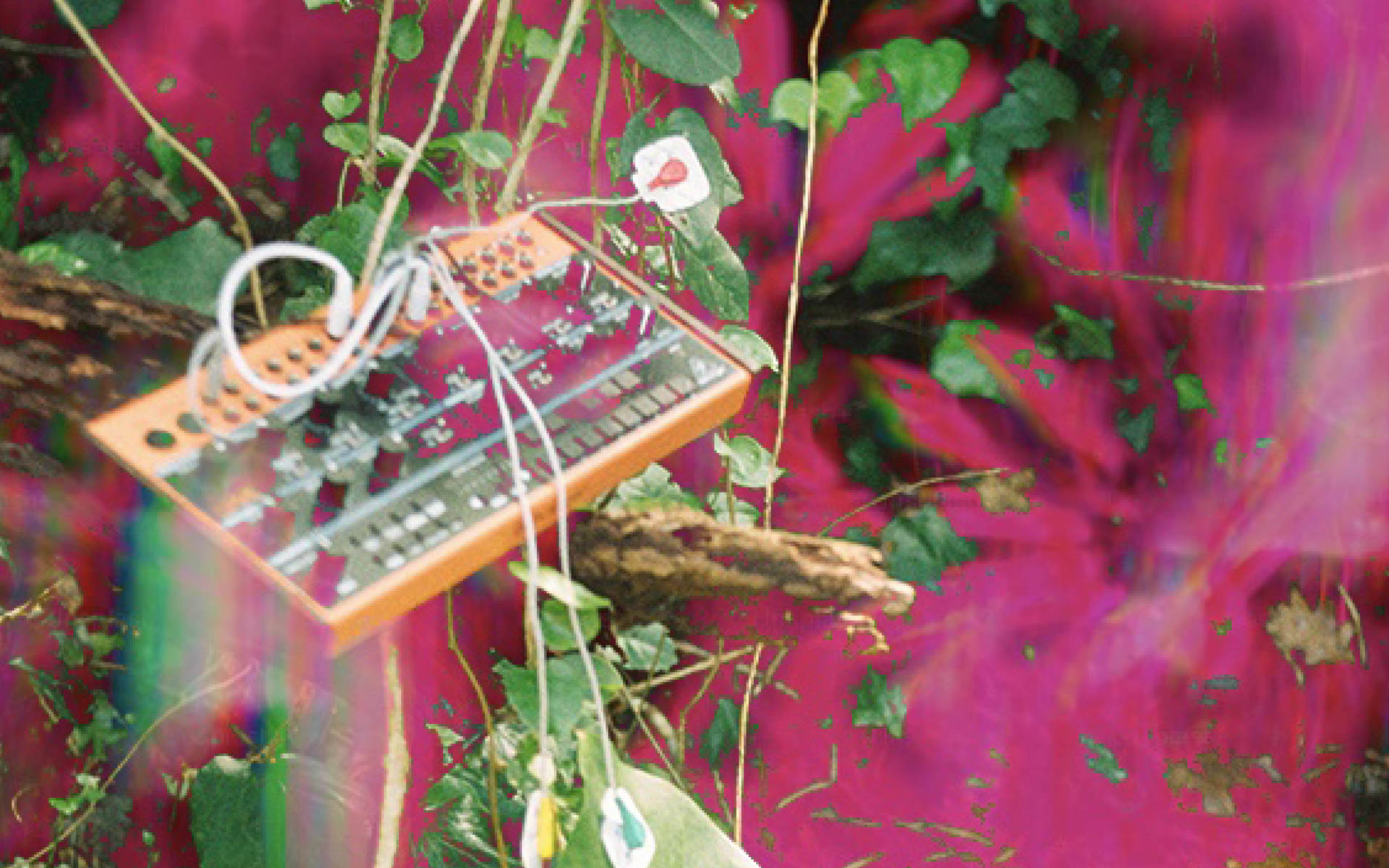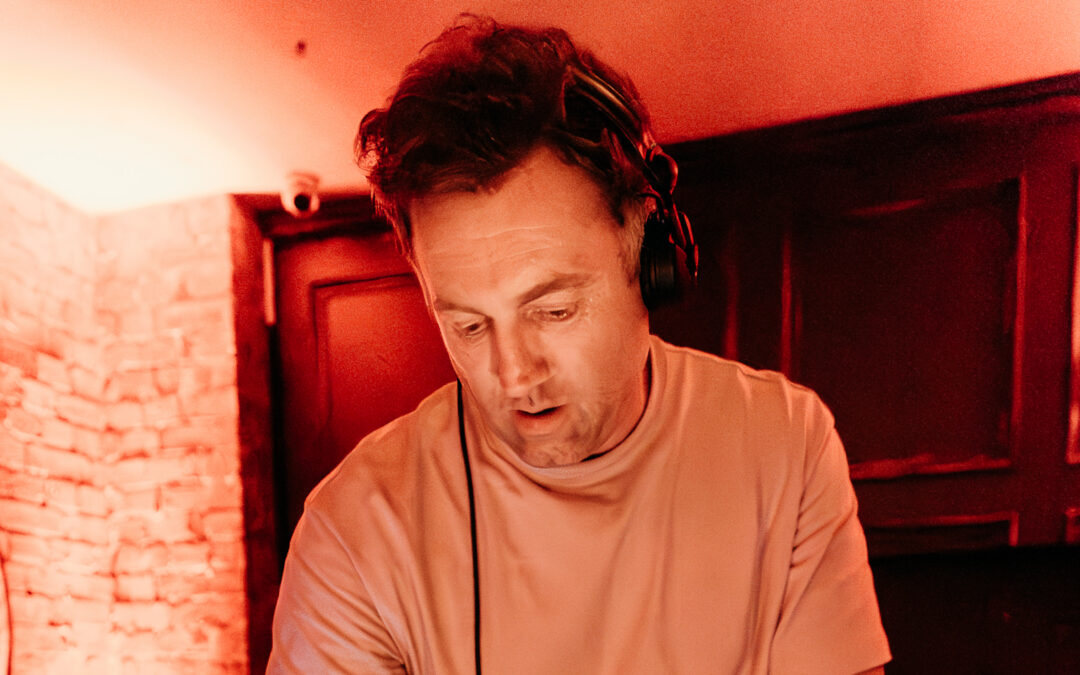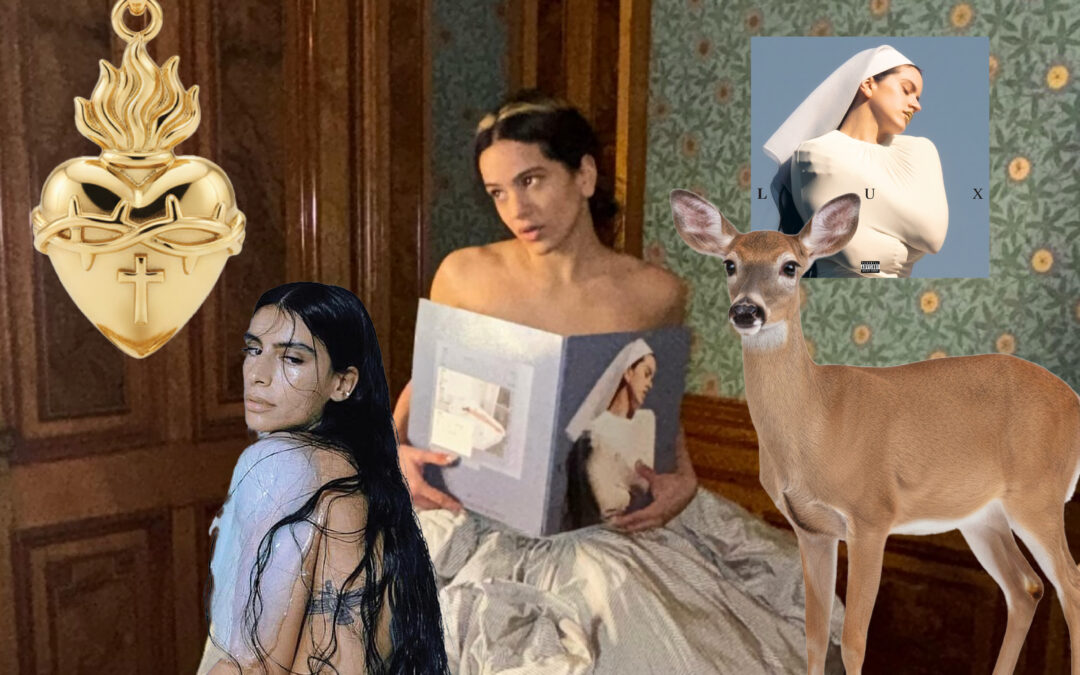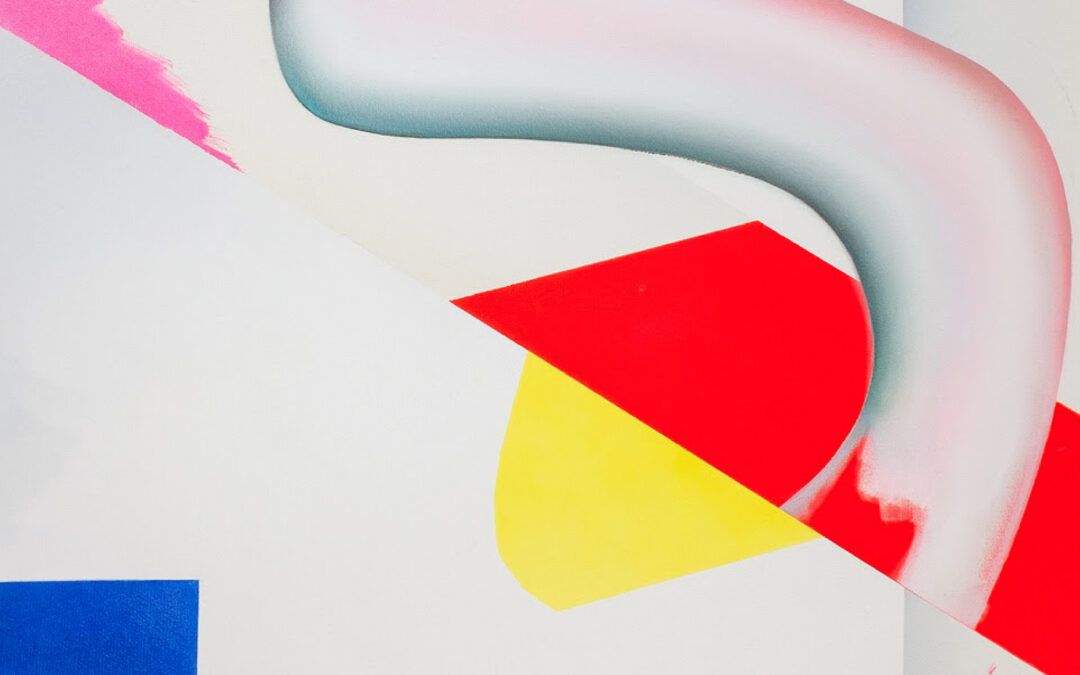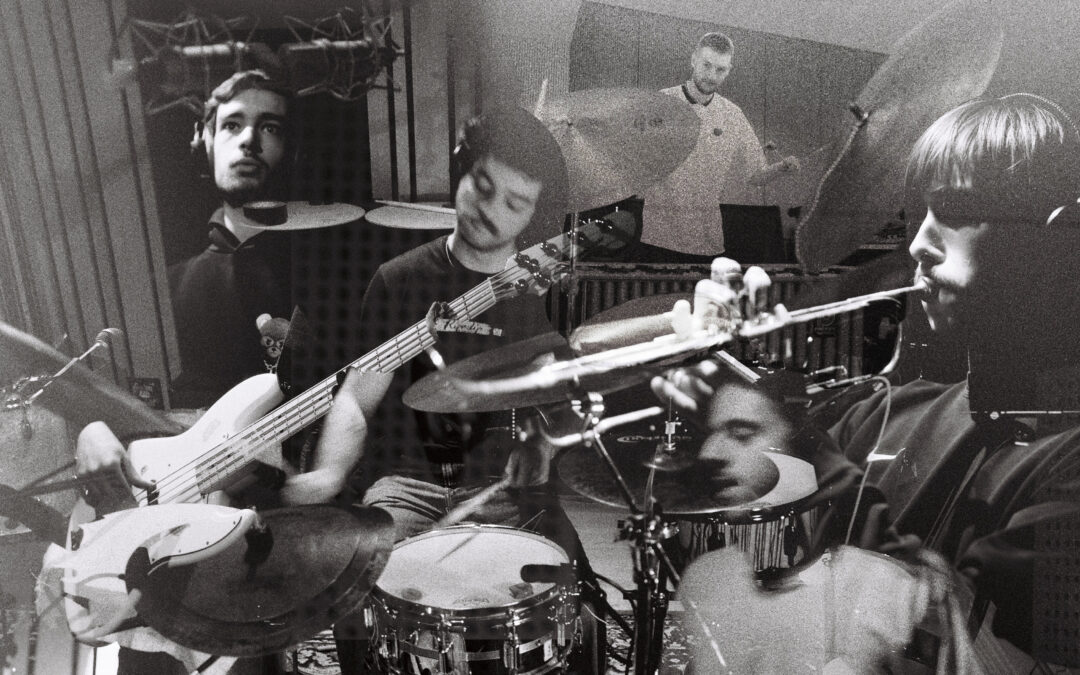The soundtracks that loop when we’re sleeping, during dream time and the five stages of sleep, are surely ambient. As a genre, ‘ambient’ is predicated on deriving tone and atmosphere to bring about an immersive experience between our auditory senses and the surrounding environment. Whether one’s dream time is a nightmare, a fantasy, lucid or incoherent; ambient, in my opinion, is the subtle backdrop that we may not remember was present, but we can perhaps imagine its textures as sensory context for our wild and weird human imaginations.
Stephan Erasmus AKA botanicas is an ambient artist and sound designer whose work I was introduced to by activist and thinker Hannah Mutanda Kadima Kaniki — and I was immediately fascinated. I’ve tentatively heard of niche approaches to sound design that included modulating or producing sound through plants and the idea always delighted me. The notion that plants, as living organisms, are static and non-communicative is challenged by this practice, revealing their dynamic and responsive nature through sound; all the world’s alive, and sound is one of our most profound indications of this fact. Botanicas is an artist deriving varying strands of bio-data, whether through biofeedback with plants or his dedication to capturing sounds in nature, and distilling these layers into incredible works. As an emerging artist symphonising his artistic expression, whether at live performances, more akin to sound journeys, or through his albums – the latest being a poetic homage to carnivorous plants, titled ‘Perennial Duplicity’ – botanicas is onto something. We should be listening.
“I’m fairly new to being an artist – I haven’t actually considered myself as an artist, yet. I just like creating and I’ve been engineering for a long time, but in the last two years I’ve started focusing on more creative pursuits. It took me a long time to find my voice and the confidence to just do things. Once I opened up the floodgates to create for creation’s sake, it’s just been about building on top of that,” shares Stephan in our conversation, “I bought a synth a year or two ago because it looked like fun. I started exploring new ways to do sound design with it, but I didn’t know where it was going.”
There is a holistic instinct to ambient music, and it’s why the genre is so present in the guided meditation space, purported to lower heart rates and orchestrate soothing within the internal state of the listener. As Stephan explains, his foray into ambient was directly through its sonic capacity for healing, “last year I started going to therapy, it was really intense trauma therapy, and during that process I needed to do calming exercises. I couldn’t do them in silence, which is what you’re meant to do, and my ADHD brain was like, nah! I found this track and it was exactly 10 minutes long, and I listened to that while trying to process the session. Then my brain started going, this is cool – this is minimal, and I got really into the idea of trying to shape emotions through sound and atmosphere.”
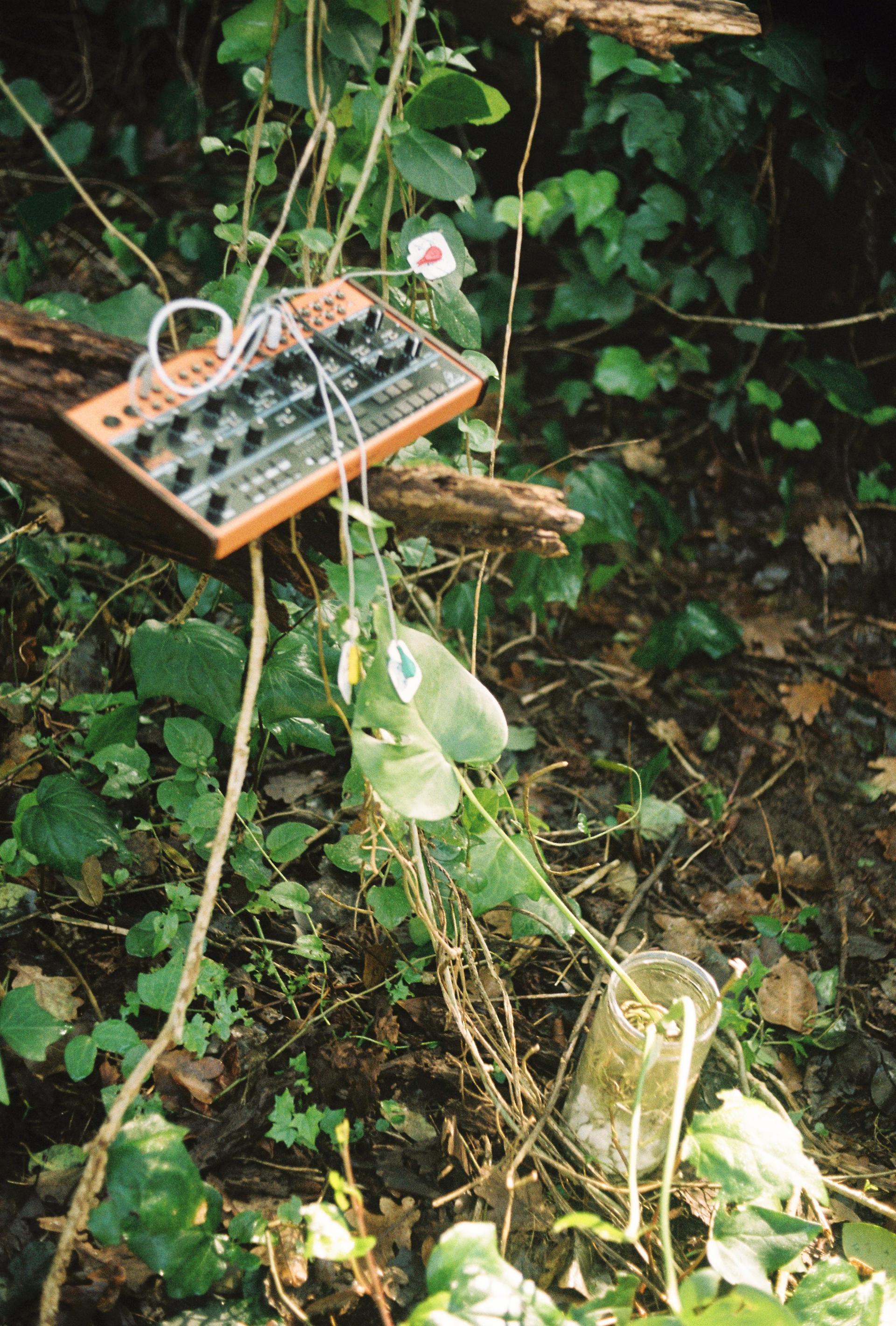
‘Bio-tech’ photographed by Nina Kay
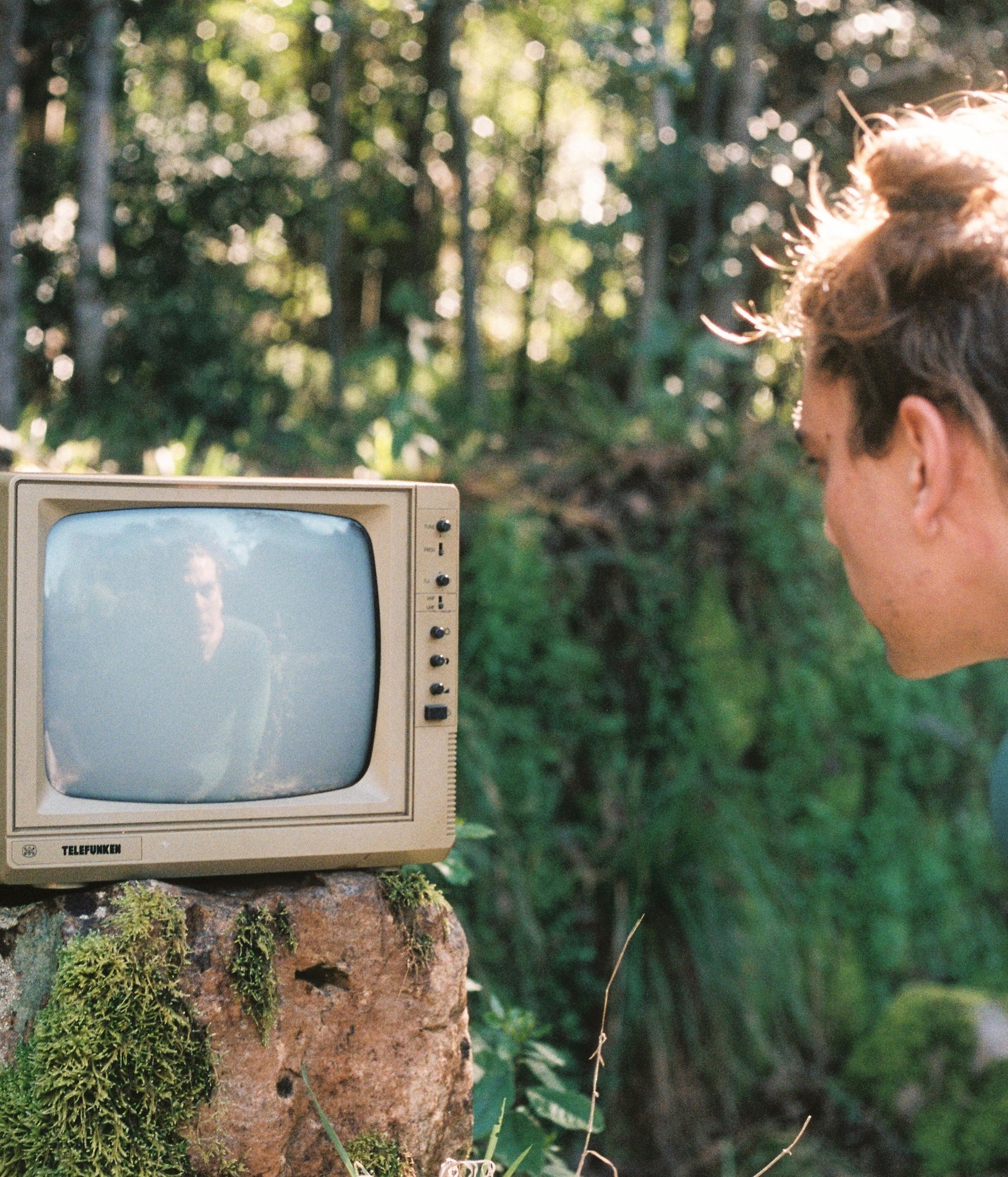
Stephan Erasmus photographed by Nina Kay
Like the approach of a scientist hypothesising and experimenting, Stephan’s work as an artist is exploratory — between various nexus points of equipment, external elements, and most crucially, his own instinctive experience and ear, “pop music, or rock music, even lyrics — it drives people up in a certain kind of energy, and that’s why people resonate with certain genres, like metal for example. With ambient music and ambient textures, I’m able to channel and move people through various emotions. The listener gets to really create their own narrative with ambient,” and similarly to Buddhist monks who have traversed the experience of the body as something which can be explored and transcended, Stephan’s experience of sound as a medicine for releasing trauma is defining for his creative motivations, “my first intro to ambient was the very zen or whimsical sounds, and I wanted to figure out what it could mean to tap into the dark or heavier emotions, and try and bring those out and let them go again. I was dealing with anxiety in my own experience, and letting them go through sound. That’s quite cool, being able to use a method like that. I spent a lot of time trying to induce anxiety — asking, what sounds induce anxiety!?”
I ask Stephan about the ways in which he understands sound waves, and its interaction with our brain waves, offer this entirely undefinable realm of extra-dimensional interface with reality, to which he says “everything that our senses pick up are waves. Light acts as a wave, so does sound. Waves move through us and we are able to pick them up in various ways. It’s a really powerful thing, like if a wave is really big – we pick it up in magnitude and in frequency. We can actually physically feel it, which is quite cool.”
Stephan’s approach to sound synthesis is rooted in additive synthesis, where oscillators generate base signals that are combined to create complex sounds, “usually, there’s two or three oscillators in a synthesiser, and these base waves are added to each other. If you have one that’s a higher frequency and another that’s lower, you get a certain wave. Then through that, there’s a lot of filtering that happens,” he explains. This technique allows for intricate layering and manipulation of sounds across botanicas’ modus operandi, with the primary focus of his work capturing and conveying the undulating, obscure and mesmerising presence of natural sounds, “between high frequency and resonance, your signals are able to oscillate and resonate more with each other. You can then sync it or break it apart — with sound synthesis, I really try to capture what I hear in nature, and convey that. Whale sounds, bird sounds, chirps — little scratches — recognizable sounds, and then add on top of that with various other additions and layers, to create a certain kind of mood or feeling,” Stephan describes, and that “capturing nature via audio is very difficult, especially in a city. You can be in a forest but there will always be cars or city-sounds in the distance. I try to convey the natural sounds I hear through my own experience because I can distinguish what I hear, through a different way.”
Stephan’s previous album was focused on carnivorous plants – “I wanted to depart from this whimsy nature of ambient – so I picked the grossest plants I could find,” and the next album will be focused on water sources – “marshes, oceans, rivers, creeks, brookes, and how they sound, engage and feel. The challenge with this has been to not have too much trickling because it makes you want to pee!”
For Perennial Duplicity, “I tried to embody plants, like the Rafflesia from the dense forests of Indonesia, which is a parasitic plants that’s also really beautiful, that feeds off certain other plants, but it’s also really smelly and in this tropical rainforest – so I used the rafflesia to create the feeling of this tragic, slow decay of eating other plants. Another plant I worked with is Stapelia, which is a desert cactus that grows along the west coast – and smells really, really bad. It has this beautiful star and a trippy shape to it.” The idea that nature in all its paradoxes and tensions, between the beautiful and the ugly, are all worth exploring — and perhaps more authentic as expressions of our own nature as beings — renders Stephan’s work as wholly mesmerising, indeed.
In ambient music, ‘biosynthesis’ metaphorically describes the process of creating immersive soundscapes from simple auditory elements. Just as biological biosynthesis combines basic molecules to form complex structures, ambient musicians layer tones, notes, and noises to build rich, evolving sound environments. Techniques like synthesisers, envelopes, and spatial effects shape these elements, creating a dynamic, organic auditory experience. This gradual evolution mirrors the natural processes in biology, resulting in a cohesive, living soundscape. Then, there is the more literal bio-synthesis – with Stephan engaged in both literal and figurative approaches — as he uses plants sensory materia to derive sound. As Stephan shares, “The way I connect to plants or bio-synthesis is through a heart-rate monitor which picks up really small vibrations within an object. Instead of using an electric current, it conveys the motion of the plant. So, on the leaves, it measures all these tiny vibrations, with a signal that gets multiplied and fed through a synthesiser. My synthesiser is set up like a theremin, an instrument that you play without touching it – it’s highly sensitive to any kind of input, and if you touch it, it’s going to read the sound and change accordingly. All the movements on the plant react through the synth,” and that, like the erratic character of Mother Nature herself, “it’s a very irregular movement, and it’s not that there’s a ‘note’ you can capture from the plant. Sometimes you touch it and it doesn’t do anything, and other times it reacts when someone walks by. The setup acts like a massive antenna and it’s very unpredictable to work with.”
I’m curious about Stephan’s perspectives on the musical nature of plants. Have his experiences led him to view plants as sonic beings? Does a ‘sonic state’ need to be entirely intentionally produced, like the purposeful creation of sound in human singing and the more spontaneous or incidental sounds that plants might produce? Stephan shares, “I do think plants emit patterns, which is kind of what singing is – it’s a pattern of communication. How sonic that is, I’m not entirely sure. Plants interact a lot more chemically and through a network that’s more akin to the brain, than movement through air. Plants emit sound as a byproduct of their existence, it’s not something they’re utilising as a function. For me, the extraction of that byproduct, of the movement of trees for example, which is a very exciting material to work with. Trees and plants are very silent beings compared to us, or other animals, so you really have to go down to a base level. At that point, are you hearing a plant, or are you hearing the movement of water within the plant? It’s interesting to think about.”
Stephan is part of an emerging wave of ambient artists in Cape Town, and his performances are shamanistic without any pretext; it is sound, human, nature – a trinity that is simple, yet undeniably powerful. In a collective cohort with his friends, Stephan is exploring live performances, as he explains, “I didn’t want to perform the album in a club, and I didn’t want to do it on a Friday or a Thursday. I want to be very selective and intentional, because I really enjoy events that are intentional. I create for creation’s sake, like I said, and I’m doing it unapologetically. I want to create an experience for people that is a pure experience of sharing art.” There is something strangely ambient about Cape Town – as a city flanked between mountain and ocean, with ancient forests lining some of our highways. A small but mighty ambient scene seems perfect and poetic; vital, for the city’s context. Ambient has the power to be a refuge, and like Stephan’s own experience; a kind of medicine or salve tempering our over-stimulating world, “to get people to make and play ambient music is tough because there’s not that many of us, but there is some kind of collective forming. We’re testing out different venues and hoping to find a more permanent venue. We’re trying to chat with the city and negotiate public spaces like swimming pools or parks so there’s accessibility.”
Lastly, I ask Stephan, as someone who has taken the creative plunge so recently, what he hopes for in terms of finding one’s artistic expression, to which he says, “I just want to encourage people to create. The best story that anyone can tell is their own, and I just want people to make stuff — we live in such a consumerist culture where creating something is usually for the intention of being sold, and I’d like to advocate for people to do the opposite. I want to reach as many people are interested in sound synthesis and ambient and I’m open to sharing my process, and my DMs are always an open invitation to share knowledge.” Botanicas is an artist to watch intently with something totally different and unique in his offering. In the botanical garden of sound, Stephan Erasmus is set to become a chief sonic seer, with whole ecologies in tow for us to immerse ourselves in. Sensational.
Written by: Holly Beaton
For more news, visit the Connect Everything Collective homepage www.ceconline.co.za

